SINGAPORE – You can complain all you want, but an on-board unit needed for Singapore’s transition to the next-generation Electronic Road Pricing (ERP) system is finding its way into your car.
It consists of three parts – a Global Positioning System (GPS) antenna; a display, which can either be the supplied item or through approved smartphone apps; and a processing unit.
The Straits Times had the on-board unit fitted to a 2007 Toyota MR-S without the display screen. This is a two-seater with a snug cabin. The installation, which took just over an hour, was done in early January at the Vicom Inspection Centre in Bukit Batok.
There are four cables feeding into the processing unit. Fortunately, the gaps in the car’s cabin are wide enough to accommodate the cabling.
With the new system, it is possible to check ERP transactions online, as well as get e-mail consolidating payment history. This was not available for the outgoing in-vehicle unit (IU).
The identity number of the existing IU is transferred to the new system, so there is no need to do anything else to continue having access to existing season parking, for example.
In terms of installation, the most straightforward part is the GPS antenna. This is a flat square that has to be affixed on the windscreen, roughly where the IU would usually be mounted.
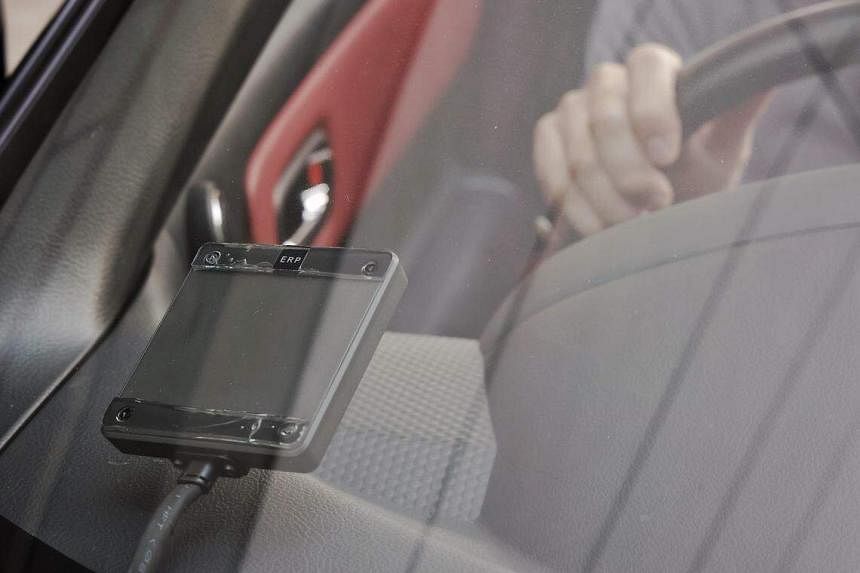
The other component is the touchscreen display, which is optional. Given the compact size of the Toyota’s dashboard, it was decided that the car will do without the screen.
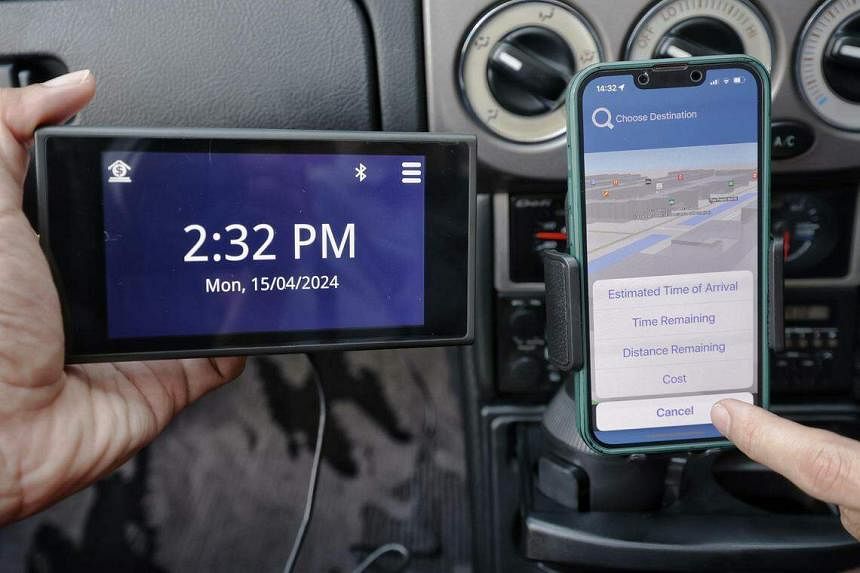
The third part of the on-board unit is the processing unit. This is roughly the size of a Sony Walkman from the 1980s. This is where the stored-value card is inserted. The owner will decide with the technician where to mount the processing unit.
Ideally, it should be where the driver can reach for the card with ease.
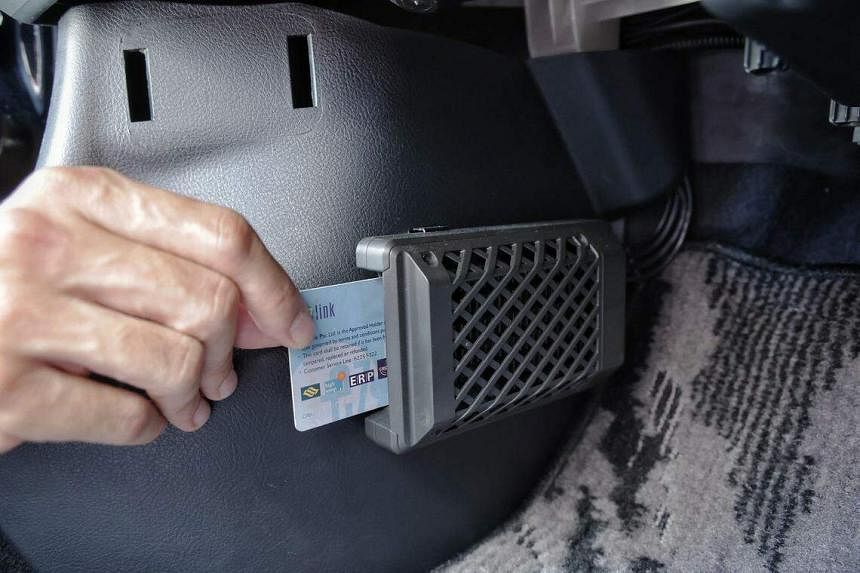
This was not possible for the Toyota. The only workable location in the cabin was at the other end of the passenger footwell, nearer to the door.
This is an issue when paying for short-term parking, specifically at carparks that require drivers to tap a stored-value card at the gantry.
While most carparks in Singapore work without card-tapping, there are some which do not. The driver will need to have a second stored-value card for those. This means having to ensure both cards have sufficient value, which is a bother – not to mention tying up more idle cash.
One idea is to opt for backend payment solutions from either EZ-Link or Nets. This allows the processing unit to pay for ERP and parking without a physical card in place. The driver has to have only one card for times when tapping is required.
A Nets spokeswoman says that even though the technology is able to handle cardless carpark payment, this is dependent on carpark operators’ willingness to upgrade their system. EZ-Link’s website shows there are only 11 locations which accept cardless payment – three are Land Transport Authority (LTA) offices and two are industrial buildings.
This means the vast majority of carparks here do not accept cardless payment.
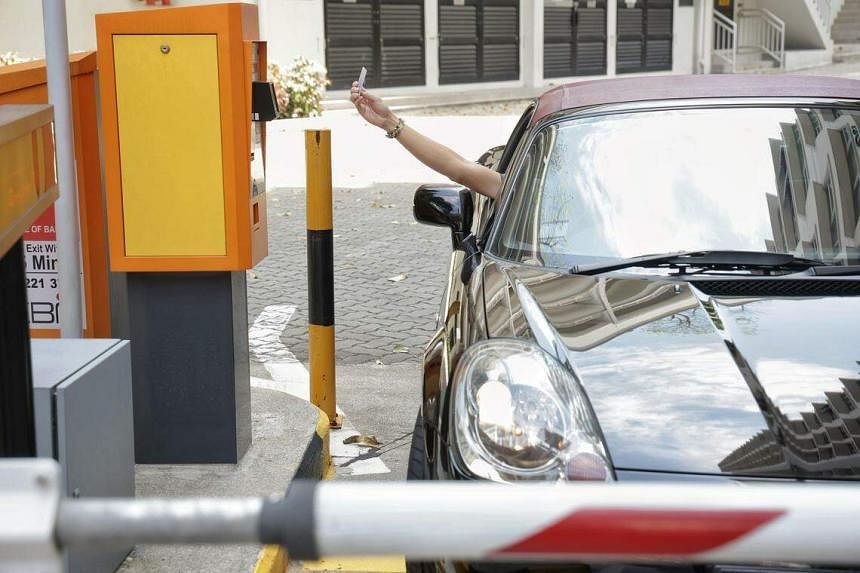
On top of ERP charge and card-value balance, the on-board unit will prompt the driver when the car enters a school zone or if a nearby bus lane is in operation. LTA says drivers will eventually be able to pay for street parking using the touchscreen display.
The main features on the touchscreen can also be accessed via approved smartphone apps.
Pairing the phone to the on-board unit over Bluetooth has to be done on the OneMotoring website. An LTA staff member was on-site during the installation to walk through the process. Various apps for this are available for Android and iOS devices.
LTA’s ERP 2.0 app looks very similar to the touchscreen display. The other apps, like Breeze, are navigation apps which integrate ERP-related information.
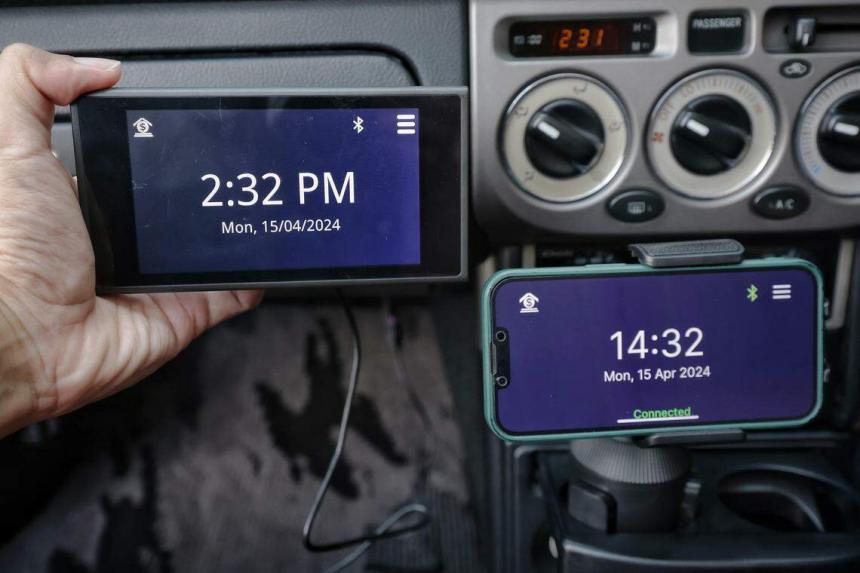
Breeze, which also shows parking and ERP rates, connects to the processing unit as soon as it is opened. The app can be projected onto Android Auto or Apple CarPlay systems, just like Google Maps. ST tried the feature on a BMW X2 because the Toyota’s radio-cassette head unit does not have app-projection capability.
After road testing the on-board unit for more than three months, there are no regrets about opting out of the touchscreen display for the Toyota because the approved smartphone apps seem more useful.
Yes, it takes two to three seconds for the phone to connect when booting up, but this beats having the clunky touchscreen take up space near the driver’s line of sight, which is a safety issue.
The LTA says that starting April 19, users with a unit fitted with the touchscreen display can temporarily disable the card reader. This will allow drivers to use a complimentary parking ticket without removing the card.
But there is now no such solution for those who opt for cardless payment.

